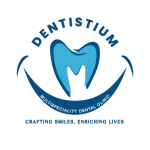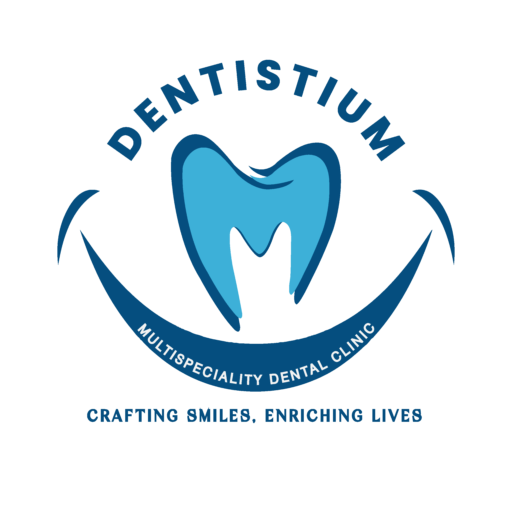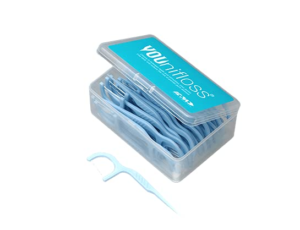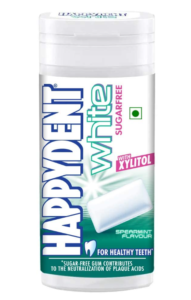DIY Dentistry: The Risks and Realities
DIY Dentistry: The Risks and Realities

In today’s digital age, many people turn to the internet for solutions to everyday problems, including dental care. Videos and articles online offer step-by-step guides on how to fix a chipped tooth, remove cavities, or even extract a tooth at home. While DIY projects can be great for home improvement or crafts, attempting DIY dentistry is a completely different story. It comes with serious risks that could lead to long-term damage, infections, and costly treatments.
.
Why Do People Try DIY Dentistry?
Many people attempt DIY dental treatments due to:
Fear of the dentist – Dental anxiety prevents people from seeking professional care.
High costs – Some believe DIY methods can save money compared to professional treatments.
Accessibility issues – Those living in remote areas might not have easy access to a dentist.
Misinformation – The internet is full of misleading tutorials promising quick and easy dental fixes.
Common DIY Dental Procedures and Their
Risks
1. Filling Cavities at Home
Some people use over-the-counter dental kits, wax, or even household adhesives to fill cavities.
While this may temporarily cover the hole, it does not stop decay. Without proper cleaning and
treatment, the cavity will continue to grow, leading to severe pain and potential tooth loss.
2. Extracting Teeth
Tooth extraction is one of the most dangerous DIY dental practices. People have used pliers,
string, or even their hands to remove teeth. This can result in:
Severe bleeding
Infection
Damage to surrounding teeth and gums
Unsuccessful extraction, leading to worse pain
3. DIY Braces and Aligners
There are online guides on how to straighten teeth using rubber bands, paper clips, or fishing
wire. These methods can:
Cause permanent damage to teeth and gums
Lead to misaligned or loose teeth
Cut off blood supply, leading to tooth loss
Create serious infections
4. Whitening Teeth with Unsafe Ingredients
Some DIY methods suggest using lemon juice, baking soda, or hydrogen peroxide to whiten
teeth. While these may provide temporary results, they can:
Erode enamel, making teeth sensitive
Cause gum irritation and burns
Lead to long-term damage requiring professional intervention
The Dangers of DIY Dentistry
Trying to fix dental issues at home can have serious consequences. The risks include:
Infections – Improper tools and unsterile conditions can introduce bacteria into the gums and
bloodstream.
Permanent Damage – DIY methods can cause irreparable harm, leading to tooth loss or
expensive corrective treatments.
Severe Pain – Unlike professional procedures with anesthesia, DIY methods can be extremely
painful.
Higher Costs in the Long Run – Fixing mistakes from DIY attempts can be more expensive than
professional care in the first place.
Safe and Affordable Alternatives
Instead of attempting DIY dentistry, consider these safer options:
Regular Check-ups – Preventive care is more affordable than emergency treatments.
Payment Plans – Many dentists offer flexible payment options to make treatments more
affordable.
Dental Insurance – Look for insurance plans or discount programs that help cover dental costs.
Community Clinics – Some clinics offer low-cost or free dental care for those in need.
Conclusion: Trust the Professionals
Your dental health is not something to take lightly. While DIY methods might seem like a quick fix, they often lead to bigger problems. The safest and most effective way to maintain healthy teeth is by visiting a professional dentist. If you have a dental issue, contact Dentistium today for expert care and guidance. Your smile deserves the best treatment, not risky shortcuts.
Notifications
- Dental awareness Camp at Kavisha Atria, ShelaDENTISTIUM Multispeciality Dental Clinic is organizing a Free Dental Health …
- Eminent Research Award 2025Dentistium Multispeciality Dental Clinic Wins Global Healthcare Award 2025! “Most …
- Article published on PR NEWS Network on Republic DayArticle published on PR NEWS Network on Republic Day . …
Read More "Article published on PR NEWS Network on Republic Day"
- Eminent Research Award 2024Dentistium Multispeciality Dental Clinic Honored with Health Care Icon Award …
- Dental awareness Camp at MAHER HOMES-2, Shela – 15th June 2025 –Dental Awareness Event at MAHER HOMES-2, Shela – 15TH June …
Read More "Dental awareness Camp at MAHER HOMES-2, Shela – 15th June 2025 –"
Recent Posts
- Dental Implants: Procedure, Purpose & Benefits
 Dental Implants: Procedure, Purpose & Benefits When it comes to …
Dental Implants: Procedure, Purpose & Benefits When it comes to … - The Many Factors Influencing Patient Hygiene Practices
 The Many Factors Influencing Patient Hygiene Practices Maintaining proper hygiene …
The Many Factors Influencing Patient Hygiene Practices Maintaining proper hygiene …Read More "The Many Factors Influencing Patient Hygiene Practices"
- Enhance Your Smile with Dental Crowns: A Complete Guide
 Enhance Your Smile with Dental Crowns: A Complete Guide Your …
Enhance Your Smile with Dental Crowns: A Complete Guide Your …Read More "Enhance Your Smile with Dental Crowns: A Complete Guide"
- June 2025 (6)
- May 2025 (53)
- April 2025 (2)
- March 2025 (3)
- January 2025 (2)
- November 2024 (1)
- April 2024 (1)
15,373 hits
.
Most Searched Pharmacy products on our site
-
₹1,917.50Rated 0 out of 5
Effective Oral Care: The ORACURA Water Flosser is your go-to...
-
₹89.00Rated 0 out of 5
Advanced Flossing Technology: YouniFloss dental floss picks feature advanced flossing...
-
₹42.37Rated 0 out of 5
Product Name: Happydent White Xylitol Sugarfree Supermint Flavor The name...
-
.
.












